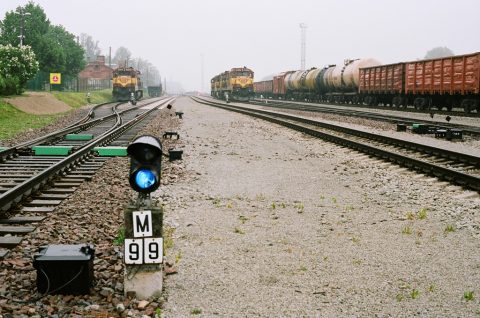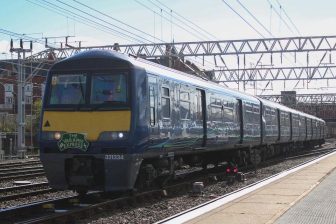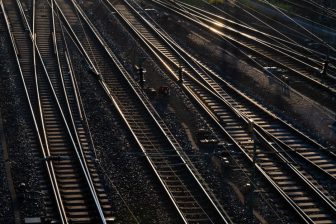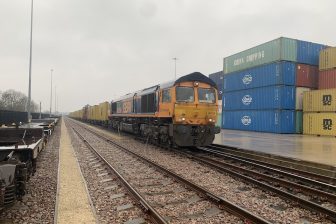
Construction Rail Baltica starts in 2020, Vilnius to be included
A time frame has been set for the completion of Rail Baltica, linking Poland and the Baltic states by rail. Construction should commence in 2020, while the entire project should be delivered by end 2025. A connection to the Lithuanian capital Vilnius has been confirmed.
These statements were written down in the Implementing Decision on the Rail Baltica project, adopted by the European Commission on 26 October. The decision is a “key milestone for the project. It sets out the intermediate steps until the project will be completed in 2026 in Estonia, Latvia, Lithuania and Poland, and formalises the governance of the project with the involvement of the European Commission, the European Coordinator and Finland as an important partner”, commented Catherine Trautmann, North-Sea Baltic TEN-T Corridor Coordinator.
Time frame
Construction of the railway in Estonia, Latvia and Lithuania should have started by end 2020. By that same deadline, the technical design of the railway shall be completed in Estonia, Latvia (central section around Riga) and Lithuania, except for the section from Kaunas to Vilnius and Kaunas to the Lithuanian-Polish border.
By the end of 2025, the railway infrastructure should be completed as a double-track railway line for mixed traffic, suitable for minimum 740-m long freight trains, electrified, in UIC gauge, in Estonia, Latvia, Lithuania and Poland, reads the text. The line will be operated with the European Rail Traffic Management System (ERTMS), and capacity shall be ensured for the trans-shipment in existing and new rail-road terminals. These will be connected by a fast conventional double track electrified railway line and European standard gauge (1435 mm).
Vilnius-Kaunas connection
Another important milestone is the confirmation of a railway link from the Lithuanian city Kaunas to capital Vilnius. The design of the infrastructure previously did not include the capital of Lithuania, while it does connects the respective capitals of Latvia and Estonia; Talinn and Riga.
By end 2021, the detailed route alignment from Kaunas to Vilnius must be approved. A year later, the land acquisition and technical design of this route, as well as the connection from Kaunas to the Lithuania-Polish border should be completed in Lithuania from Kaunas to Vilnius and from Kaunas to Lithuania/Poland state border. Lithuania had earlier proposed nine possible routes for the extension to its capital.
Funding
The remaining budget needed for the full implementation of the cross-border project is estimated to be at least 5,6 billion Euros. The projects implemented or planned have so far cost 1,9 billion Euros, of which 85 per cent was funded by the EU. “It is important to identify the actions necessary to complete the Rail Baltica project so that the related availability of Union, national and regional funding, as well as other relevant types of support, can be planned and fully optimised”, pointed out the European Commission.





